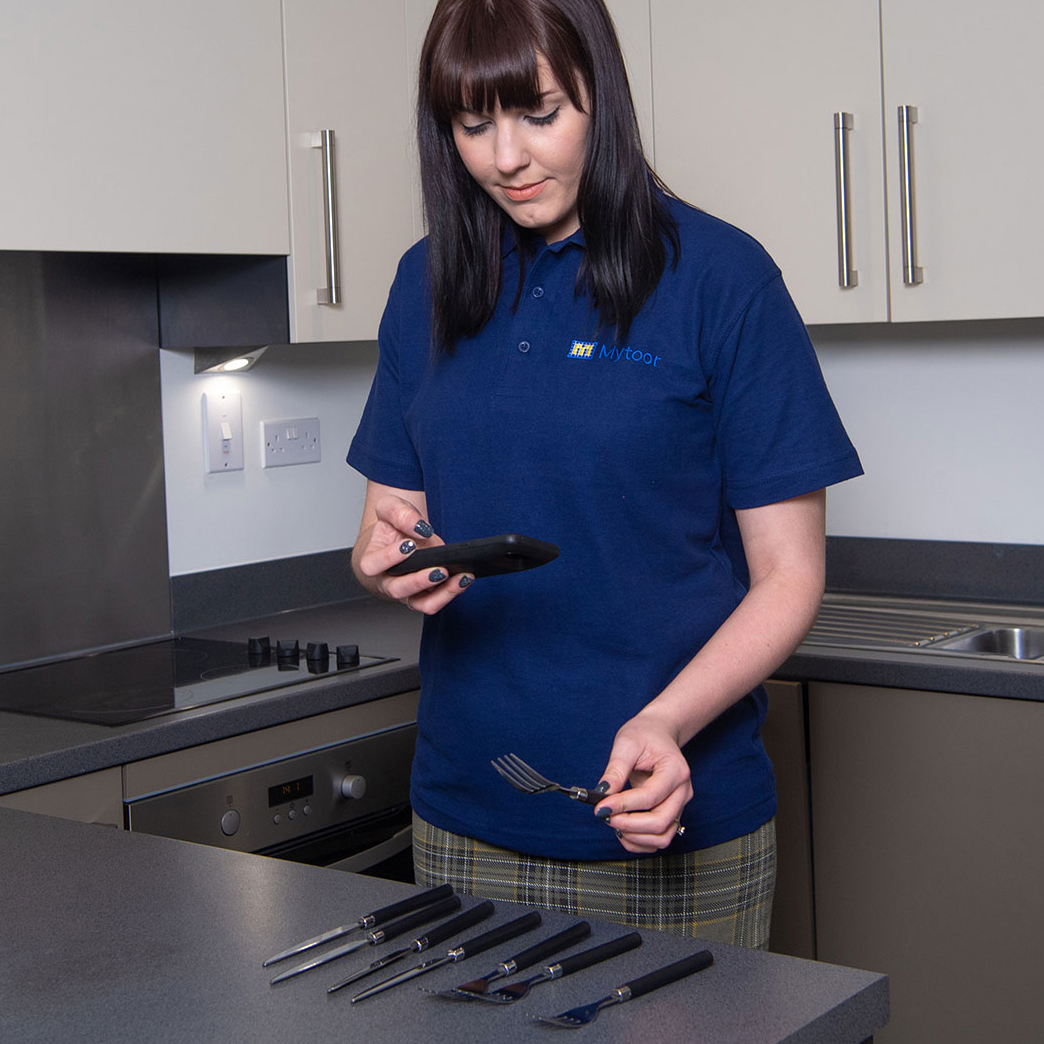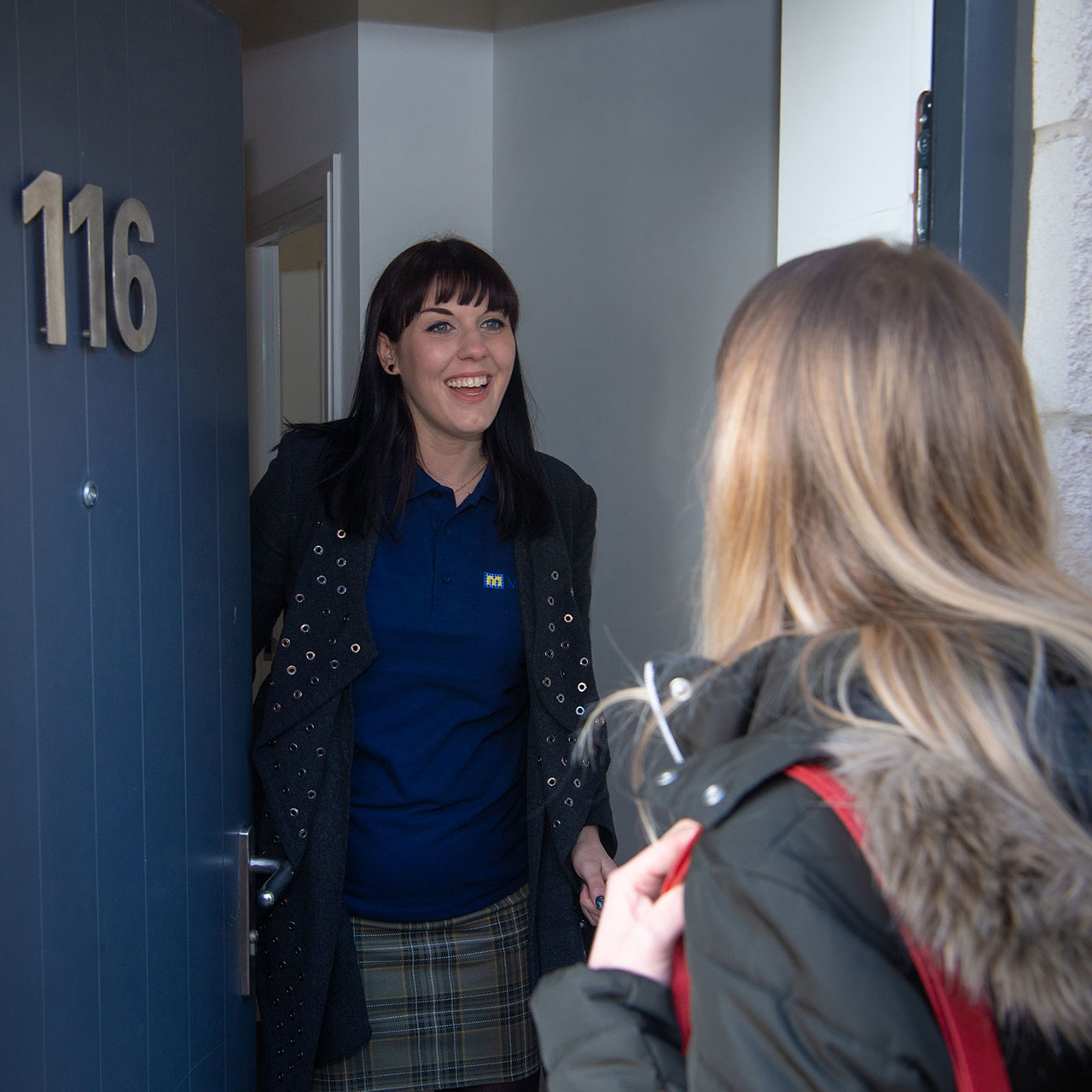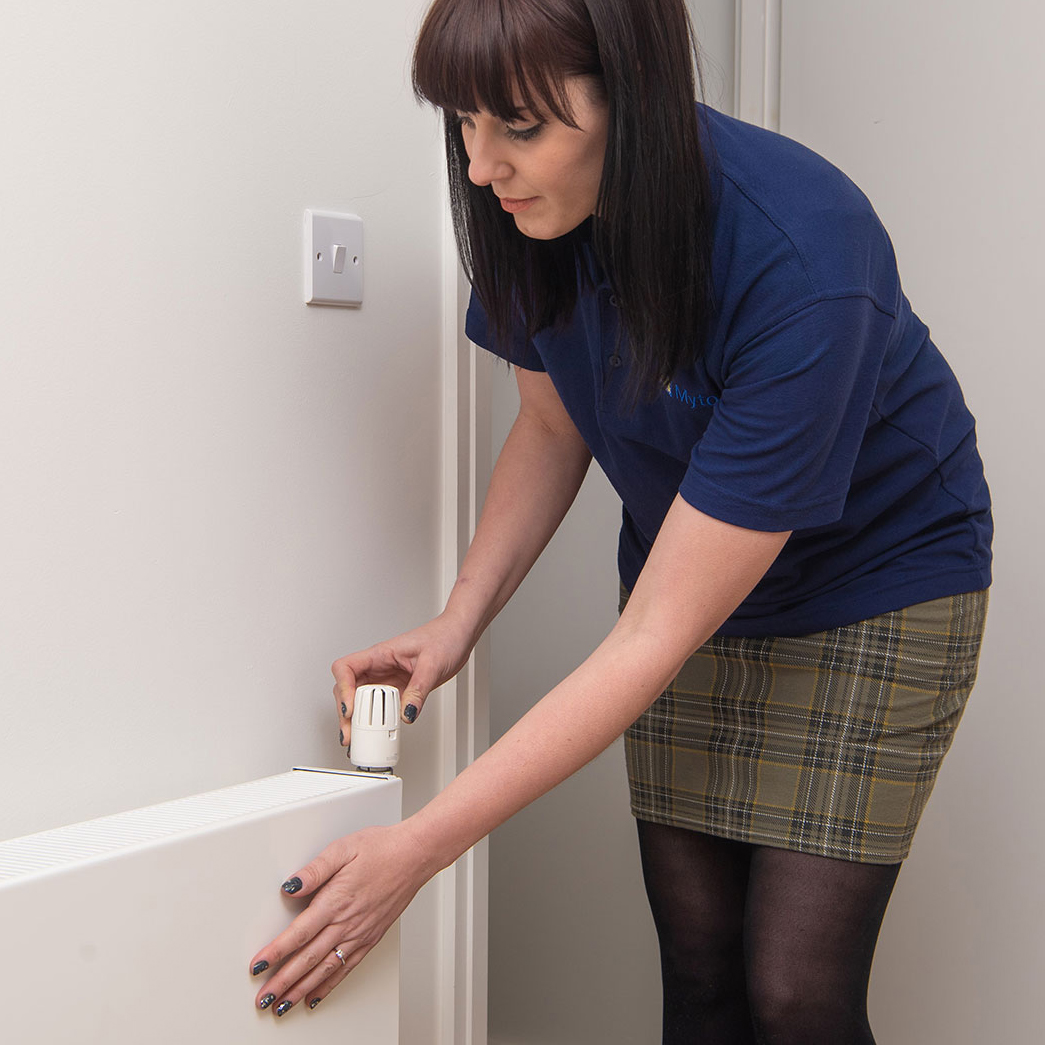
Protecting a life in lettings
Mytoor Tenancy inventories qualify the state of a space.
Our clients are agents, landlords and tenants seeking credible protection.
Our power of four
Mytoor inventory checks and reports can be made at four stages of a rental property.
Clients choose one or more of the services that suits their needs.

Inventory
Mytoor inspects internally and/or externally. Our reports are uploaded online and include condition details and advanced images.

Tenant Check-in
When a tenancy begins, a report details conditions and meter readings. Keys are provided to the tenant signatory.

Interim Inspection
At any point during a tenancy we provide an interim report so you are aware of any potential issues.

Tenant Check out
When a tenancy ends, we provide a comparative report, which contains notes of any changes and recommendations.

Four steps to reassurance
We work to an efficient process from our visit through to online reports for our clients.
Booking & Visit
Once a booking is made, Mytoor visits a property to make an inventory. The visit may include meeting our client/s.
Inventory
We make detailed images of all relevant aspects, including 360° images so more of the space can be checked at a glance.
Quality & Condition
Our reports include a condition assessment. Our 5 level Condition Quality Rating system provides precise reference.
Online report
Login to view single/multiple property reports, including our 360° images for a quick check of the space at any given time.
Quality, reliability, flexibility
Monday–Sunday
We operate seven days a week, providing for our clients requirements.
Hours to Suit
We also make bookings out-of-hours, whenever this is possible.
48hr Report Turnaround
We aim to make your report available online within 48 hours or less.
Make an online Booking or Enquiry,
or call 020 3488 3404
Why a Tenancy inventory?
Condition
Sets out the state of your property throughout the period of occupancy.
Responsibility
Helps with the responsibility for maintenance during the period of occupancy.
Differences
Reduces the potential for disputes and helps in deciding reasonable wear and tear.
Protection
Protects both tenants and landlords with information in the event of a dispute.
Guidance
Serves as a guide to restore the property toward the finish of the tenure.
More questions
The main purpose of a property inventory is to foster a mutual understanding between tenants and landlords and see to it that there is at all cost an avoidance of tenancy disputes.
Waiting for a case to go to dispute is not something every tenant can do, as the deposit may be required for another property. But without an inventory in place to safeguard a tenant against unjust subtractions from their deposit when exiting a property, the tenant might just have to pay dearly for having esteemed an inventory lightly. It gets even worse in a situation where the tenant is under some sort of pressure to reach an agreement.
Tenants are only accountable for damages on a property and never fair “wear and tear.” So, in determining fair wear and tear, the key factors to be taken into consideration include the length of tenancy, the size of the family occupying a property, the age, condition, and quality of items. With a good professional inventory in place, replacement costs will be easily determined, as it will detail out the main state and quality of claimed items.
Take for instance, in the case of a chipped or missing glass, its source must be figured out, whether it came from a set of crystal glasses or was a mere non-matching glass from a discount store. The amount of the deposit the tenant then gets in return will be consequent upon the reports documented in the inventory.
For landlords, the absence of a robust evidence places them in a position where winning a dispute or mediation proceedings becomes near impossible. An inventory report contains the total record of fittings, fixtures, and decor of a property. Check-in reports set the maintenance standard of a property, thus giving a tenant an understanding of how the landlord wishes for the property to be maintained all through the period of occupancy.
The report examines the subject property on check-in of and reflects how the property should be during check-out. This puts tenants under check and makes them pay closer attention to the property than they ordinarily would if there was no inventory in place. A check-out report, which is arguably the most important point in tenancy, then takes place when a tenant wants to move out of a property.
At that time, the check-out report is compared with the check-in report to determine whether or not the condition of things on check-out are as they were during check-in. These two reports must reconcile for there to be a smooth exiting of the property. If any irreconcilable differences are determined by the reports, the liability for any changes in the property’s condition will be assigned to either the tenant or the landlord or to fair wear and tear.
Also, the report spells out the last meter readings and checks if the keys returned are the very same keys that were provided at the commencement of the tenancy, as well as take forwarding contact details of the tenants who are exiting the property.
UK Statistics: Disputes caused by damaged properties after rental
As of early last year, a research from the Tenancy Deposit Scheme revealed that the issue that constitute up to 57% of all disputes between tenants and landlords over damaged properties in the UK is CLEANING. In comparison to damage in fixtures and fittings, cleaning has caused more issues, as determined by Tenancy Deposit Scheme’s annual survey about a year ago. A detailed statistics of these issues and how much disputes they constitute yearly are as outlined below:
Cleaning – 57%
Fixtures/Fittings – 51%
Interior Decoration – 32%
Arrears – 19%
How to agree on a property inventory
Given these issues, it becomes needful to take caution when agreeing to a property inventory to ensure you don’t bite more than you can actually chew because once it is on paper, it must be fulfilled. So, here’s how to go about agreeing to a property inventory.
Check and sign
Make sure you carefully peruse the content of the inventory and have a full understanding of every single letter therein before signing. It should detail out an overview of the subject property and a list of its contents, alongside detailed information about the condition of the following;
- The walls, ceiling, and floor.
- The paintwork.
- Carpets and curtains.
- Any furniture and appliances.
- Fittings such as cupboards.
- Windows and doors.
- The inventory will say whether smoke alarms and any carbon monoxide detectors are provided and working.
The inventory may additionally comprise a record of meter readings, and you can adjust the inventory to record anything that’s incorrect such as;
- Add details of anything that’s missing
- Note damage that’s not been recorded
- Write down if something’s not working
- Amend incorrect meter readings
You should also take and store snapshots of any cracks, marks, or scratches that aren’t included in the inventory. When you are satisfied with the accuracy of an inventory, you can then sign it.
Keep records of repairs
All repairs should be made known to the landlord in writing ASAP. Records of replaced items that accidentally got damaged should be kept, as well as copies of correspondence between a tenant and the landlord
Check your inventory when you move
During the process of taking inventory when moving out, a tenant should endeavor to be present to ensure that both parties agree with the moving-out inventory.
Mytoor records every relevant aspect of a space and the condition of its contents. The extent of checked areas depends on the property, including:
Space – Ceiling, Doors & Door frames, Flooring, Walls, Windows & Window sills etc.
Furnishings – Blinds, Cupboards, Curtains, Frames, Furniture, Light fittings etc.
Grounds – Garage, Gardens, Shed etc.
Services – Electrics, Heating, Readings etc.
Simply use the Booking form requesting a time that is convenient for you. We’ll get back to you.
This also depends on the status of the property, whether it is vacant or a client wants to cover the whole tenancy. Generally, we carry out at least an initial inventory and a tenant check out (services 1-4).


